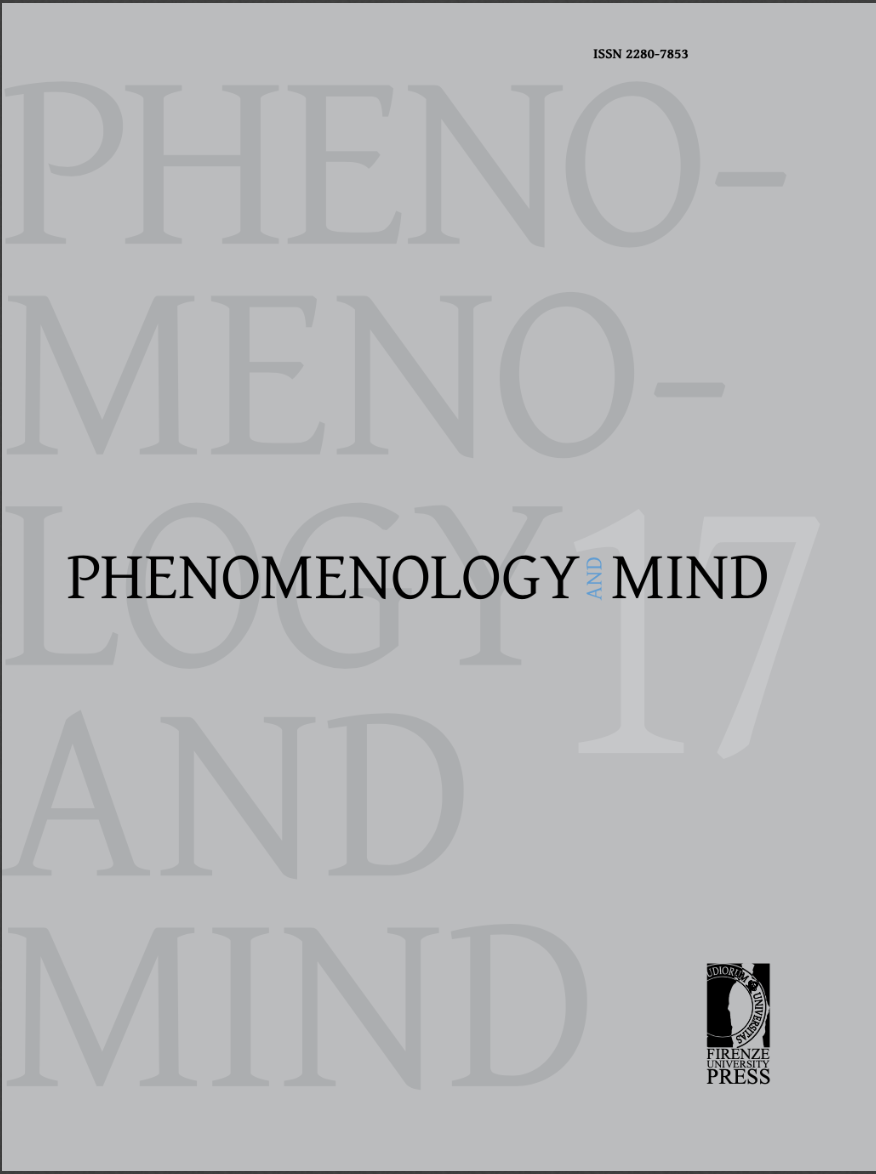Published 2016-11-27
Keywords
- intentionality,
- social coordination,
- collaboration
How to Cite
Abstract
In Making the Social World Searle makes the same claim he made in 1995: that “Human beings along with a lot of other social animals, have the capacity for collective intentionality” (Searle 2010, 43). In this paper I aim to show that Searle’s “overattribution” of collective intentionality to non-human animals is unjustified. Firstly, I briefly reconstruct and augment Tomasello & Rakoczy’s (2007) criticism that Searle overemphasises the primitiveness of the notion of collective intentionality. Secondly, I will investigate the domain of cooperative behaviour by means of a comparative, crossspecies methodology driven by an enactivist approach. Such an approach can help us to understand (i) why Searle overattributes collective intentionality, (ii) how we can resist such an overattribution, and (iii) why we ought to resist it. Thirdly, I argue that Searle’s six conditions of adequacy for any account of collective intentionality are incompatible with his attribution of collective intentionality to non-human animals. Finally, I conclude by noting that Searle’s overattribution has important consequences for his system, as it implicates that human uniqueness begins with institutional reality rather than with collective intentionality and social ontology.

